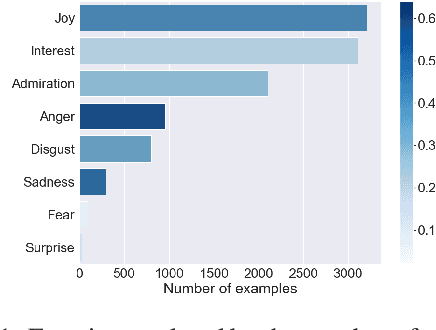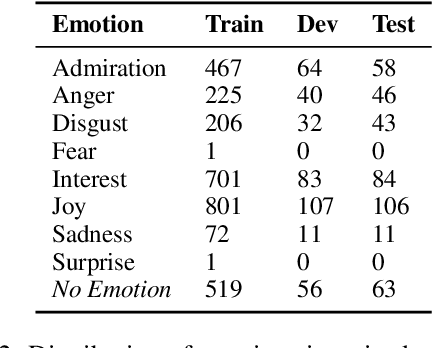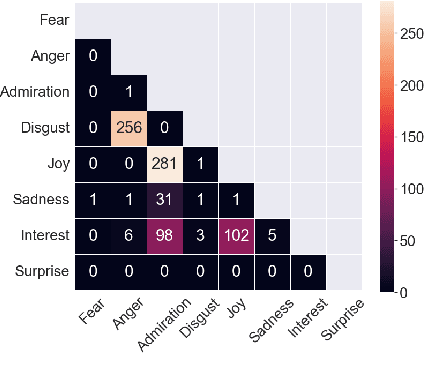Dimensions of Interpersonal Dynamics in Text: Group Membership and Fine-grained Interpersonal Emotion
Paper and Code
Sep 14, 2022



The ability of language to perpetuate inequality is most evident when individuals refer to, or talk about, other individuals in their utterances. While current studies of bias in NLP rely mainly on identifying hate speech or bias towards a specific group, we believe we can reach a more subtle and nuanced understanding of the interaction between bias and language use by modeling the speaker, the text, and the target in the text. In this paper, we introduce a dataset of 3033 English tweets by US Congress members annotated for interpersonal emotion, and `found supervision' for interpersonal group membership labels. We find that negative emotions such as anger and disgust are used predominantly in out-group situations, and directed predominantly at leaders of opposite parties. While humans can perform better than chance at identifying interpersonal group membership given an utterance, neural models perform much better; furthermore, a shared encoding between interpersonal group membership and interpersonal perceived emotion enabled some performance gains in the latter. This work aims to re-align the study of bias in NLP away from specific instances of bias to one which encapsulates the relationship between speaker, text, target and social dynamics. Data and code for this paper are available at https://github.com/venkatasg/Interpersonal-Dynamics
 Add to Chrome
Add to Chrome Add to Firefox
Add to Firefox Add to Edge
Add to Edge